Mouthwash
Most mouthwashes are antiseptic, designed to reduce the amount of bacteria in the oral cavity, though some may be used for their more specific anti-inflammatory, analgesic, or anti-fungal properties. More specific mouthwashes and mouth rinses may simulate saliva, serving to neutralize acid and moisten the mouth when saliva production is inhibited. Mouthwash is swished around the mouth or held passively in the mouth, and it may be gargled. Many mouthwashes are also designed to reduce bad breath, in addition to their other clinical properties or as their primary purpose. Fluoride mouthwash when used as a rinse following toothbrushing can help increase or maintain the amount of available fluoride, as opposed to rinsing with water, which may reduce the available amount of fluoride. It is generally not recommended to rinse with water following the use of fluoridated or otherwise medically recommended mouthwash.
Manufacturers of commercially available mouthwash commonly state that their products kill the plaque that leads to gingivitis, cavities, and foul breath. While many mouthwashes may contribute to an effective oral hygiene routine, it is commonly agreed that using mouthwash is not an effective substitute for brushing and flossing. With certain health conditions, however, the mechanics of brushing and flossing may be inaccessible or painful, in which case clinical mouth rinses may play a key role in the prevention and control of plaque, gingivitis and bad breath.
Many mouthwashes have minor side effects, like disturbance of the taste buds, staining of the teeth, or dry mouth. Mouthwashes that contain alcohol may exacerbate dry mouth, therefore making bad breath worse in the long run. If soreness, ulceration, or redness appears, this may indicate an allergic reaction or sensitivity to certain ingredients in the mouthwash like flavors or fragrances, contraindicating the use of mouthwash until the specific irritant is identified. Prescription mouthwashes may be used before and after oral surgeries or in conjunction with radiation therapies or chemotherapy, to treat oral pain. They may also be prescribed to heal oral ulcers.
Mouth rinses have been used for thousands of years to treat gingivitis and maintain the health of the mouth. In the Ayurvedic tradition, swishing certain vegetable oils through the teeth is believed to remove toxins from the blood stream while also neutralizing bacteria in the oral cavity, and in ancient Greece and Rome, members of the aristocracy rinsed their mouths with mixtures that may have included salt or vinegar, following the mechanical cleaning of their teeth and oral cavity. In the 17th century, Anton van Leeuwenhoek discovered the living organisms that we now know as dental plaque. His experimentation demonstrated that vinegar and other liquids could kill these organisms. When he rinsed his own mouth, however, he noted that the bacteria in his plaque remained alive, concluding that prolonged exposure was necessary to render these organisms lifeless. In the late 1960s, Danish dental professor Harald Loe pioneered the use of chlorhexidine compounds to prevent bacterial plaque from building up; chlorhexidine is uniquely effective because it adheres to the surfaces of the teeth and gums, remaining effectively concentrated for hours. Since the discovery of the effectiveness of chlorhexidine, there have been multiple innovations in the formulation of mouthwash.

